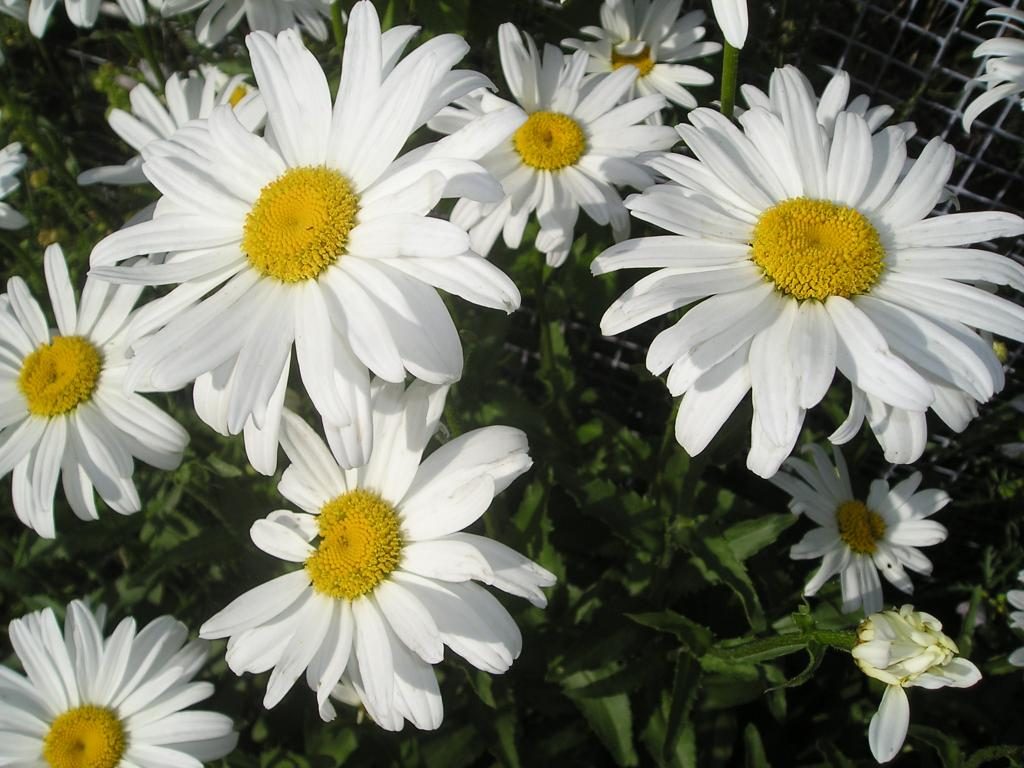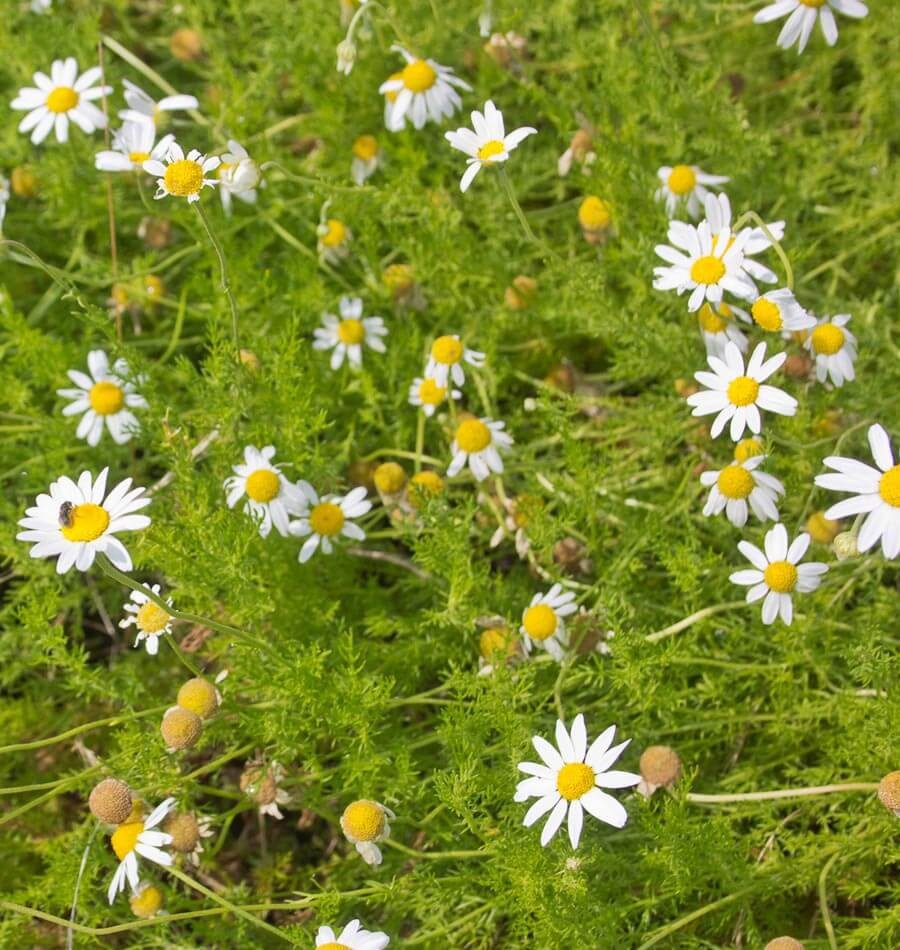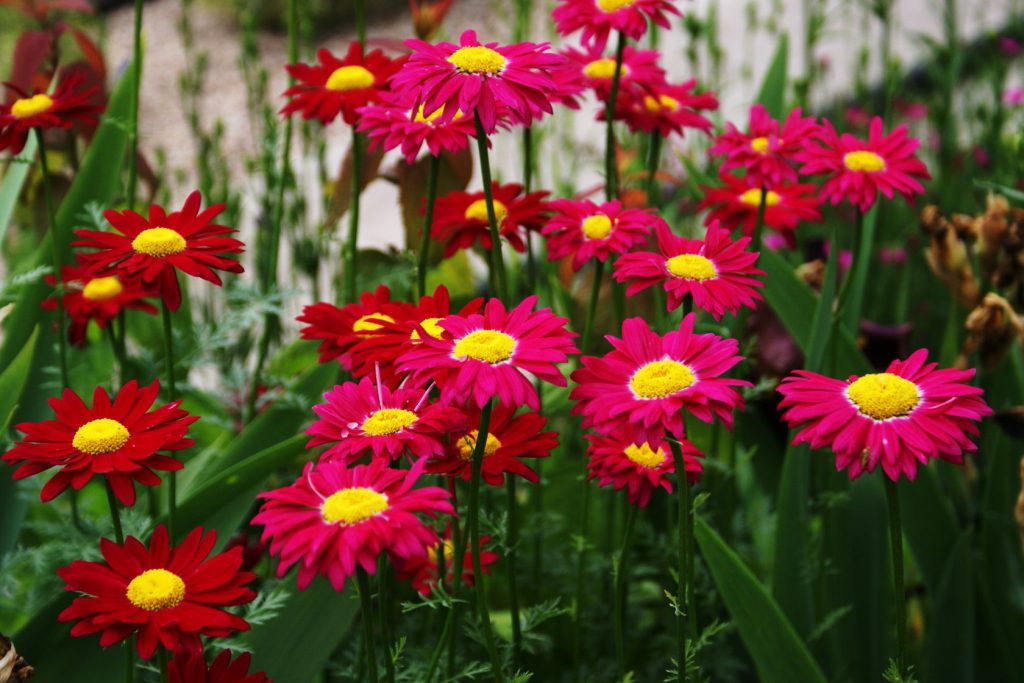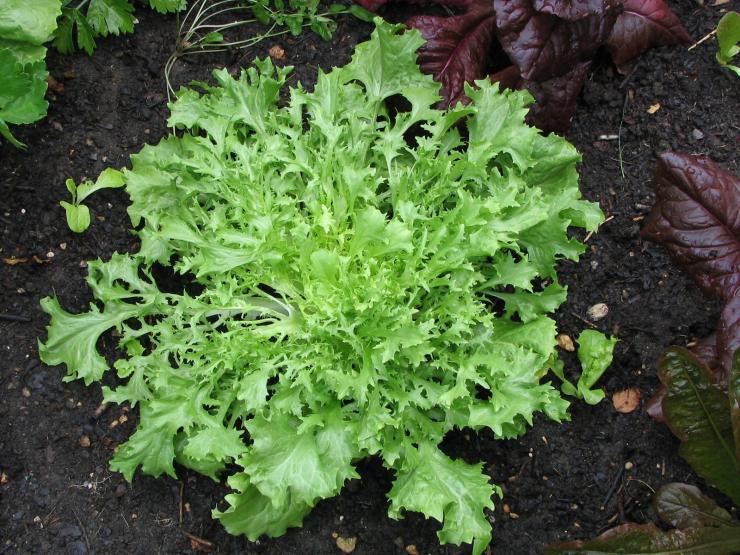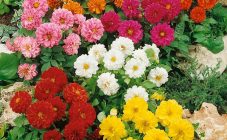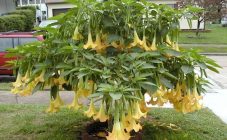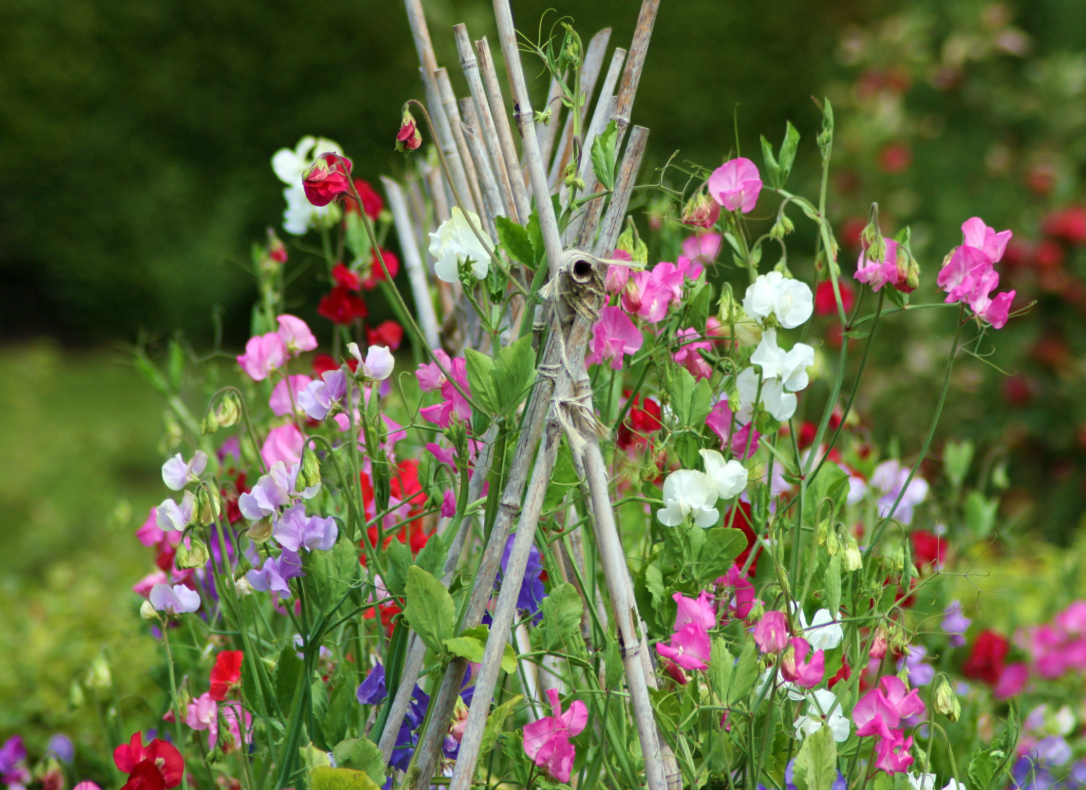Content:
Chamomile is a beautiful and unpretentious flower that will decorate any flower bed. This plant is very popular with gardeners and flower beds in every corner of the country. There are many varieties of this plant, which will be discussed in the article.
History and useful properties
For the first time, the mention of a snow-white flower was recorded in Poland back in the 16th century. Since the plant was associated with Rome, its first name sounded "Romanov color", based on the Latin pronunciation of the word Roman - "romana". After several decades, the word acquired a familiar form for everyone - chamomile.
Chamomile flowers were used to treat various diseases that arose in the female line. That is why the scientific name comes from the Latin word matrix, which means the uterus.
And now chamomile is widely used for the preparation of medicines and decoctions, which are used for medical and cosmetic purposes. It has anti-inflammatory, antiviral, antibacterial properties, and also has a beneficial effect on the nervous system, helps to overcome insomnia and stress.
Varieties of daisies
There are many types of chamomile. Decorative flowers can complement any bouquet and make it softer and more voluminous. The most beautiful of them can easily live in any flower garden or flower bed.
What types of daisies are and how they differ from each other:
- Chamomile Stephanie is a beautiful bush, the flowers of which, when opened, look like the sun. Stefania differs from the usual field by flowers of a larger volume, and the flowering period lasts longer if the faded flowers are cut off in time. Dissolves by autumn. Prefers to grow on the sunny side in fertile soil. Doesn't need any special care.
- Chinese chamomile is a lush, multi-flowered plant. The bush is made up of tubular flowers in the center, and larger at the edges. The plant is used to strengthen the vascular walls, helping to reduce anxiety and fear. Fights insomnia. Another name for Chinese chamomile is kosmeya.
- Roman chamomile is short, grows up to 30 cm, has a long stem and shoots. The flowers are large - larger than that of an ordinary chamomile. Chamomile can please the eye with flowering throughout the summer. It is used to combat various ailments: insomnia, migraines, stress. It also has bactericidal, choleretic, anti-inflammatory, anti-spasmodic, analgesic and antianemic properties.
- Red chamomile is a perennial plant that reaches a height of up to 80 cm, winter-hardy. The flowers are very large, about 12 cm, red-pink in color. The bushes are resistant to diseases and parasites, they love the sun. Used to decorate areas and make bouquets. What else are red daisies called? They are also known as feverfew.
- Wild chamomile, or as it is also called pharmaceutical chamomile, is an annual flower. Distributed in many territories of Russia. Small blossoming flowers are valued in pharmaceuticals. They have disinfecting and anti-inflammatory properties.
- Odorless chamomile. This type is distinguished by the absence of a pronounced odor, and does not possess any useful medicinal properties. Blooms throughout the summer. An annual plant. Can be used to rinse the mouth for toothache.
The following varieties and types of garden daisies are especially popular:
- Crazy Daisy;
- Aglaya;
- Snow Lady;
- May Queen;
- Maxima Koenig;
- Beethoven;
- Viral Supreme.
They are used by summer residents to decorate gardens and lawns. Adherents of more delicate colors give preference to varieties that originated from pyrethrum:
- Golden Ball;
- Carlos;
- Snowball;
- Paradise;
- Candy;
- Robinson.
Fans of surprising others can purchase the most beautiful and unusual daisies from the Aster family, which are widely known all over the world. Their unique aroma and delicate look will not leave anyone indifferent. The flower itself is slightly smaller than an aster and not so voluminous, but the bouquets of them are simply unimaginable.
The varieties bred from antemis look quite interesting. The flowers are very tiny, bright yellow in color. A plant of small height, about 30 cm. The most popular variety from this group is alpine chamomile.
Tips and tricks from experienced florists and gardeners
Growing flowers from seeds is recommended at home with seedlings in pots. The optimal time for planting is early spring. After 3 months, it is recommended to plant the plant in open ground. The place for flowers should be open to direct sunlight, the best, as this contributes to their rapid growth and flowering. The land is fertilized and loosened, areas with increased moisture are drained. It takes root well even in mountainous areas.
Description of the landing technique:
- Pits are made to a depth of about 40 cm in a round shape. They are cleared of weeds, large lumps are broken, humus and peat are poured to the bottom.
- The seedlings are moved to a prepared place, covered with earth and tamped a little.
- The planted plant is moderately watered with warm water.
Thanks to these simple actions, the result will be noticeable already on day 2: the seedlings will get stronger and begin to grow by leaps and bounds. If necessary, after 2 weeks, the bushes are fed with organic matter.
Flowers are unpretentious to care for, but you still need to take into account the advice of experienced florists for growing a strong, luxuriantly flowering plant:
- need regular watering with a small amount of water, especially in hot, dry weather;
- pruning withered or dried parts of the bush will allow you to concentrate nutrients only in healthy areas, prolonging flowering;
- mulching helps prevent the soil from drying out in hot summer and warm the ground in winter;
- perennial daisies are cut almost to the root in autumn for better preservation in frosts.
For better growth, it is better to replant chamomile to new areas every 3 years, as they tend to grow strongly. For plant propagation, it is recommended to use any of the methods: dividing a bush or seeds.
So, you can easily and simply grow a simple, but unusually beautiful flower on the site. The main thing is to choose the right variety and provide minimal care.
